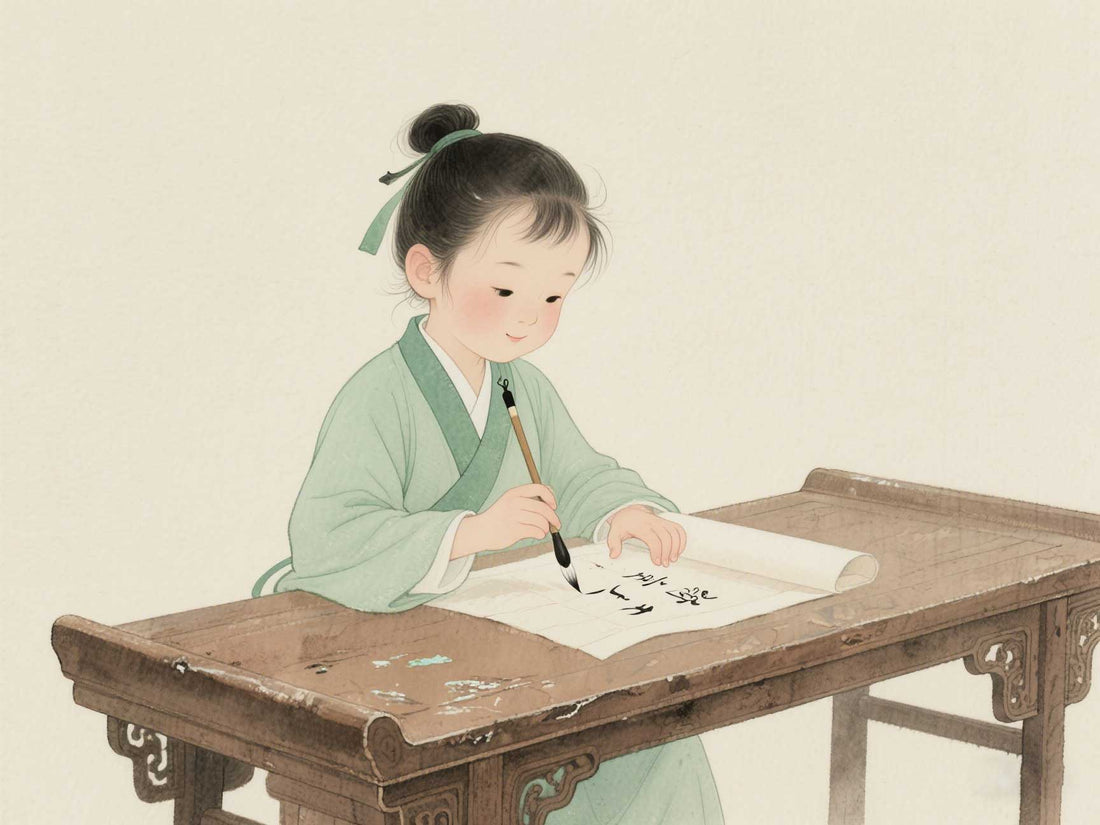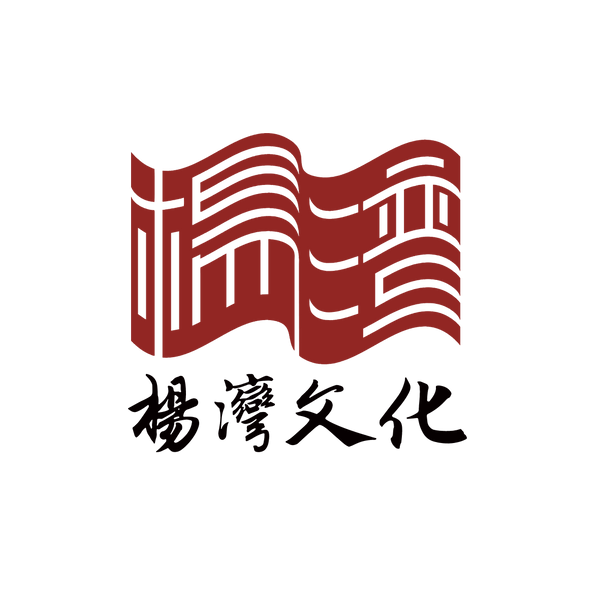
Which side of rice paper is usually used for writing?
Share
Guide to judging the front and back of Xuan paper and its use
1. Traditional cognition: the smooth surface is the positive side
Visual and tactile standards
- Front: The surface is smooth and delicate, feels smooth, and has no obvious fiber texture;
- Reverse: Rough with raised patterns or fibers, slightly grainy to the touch.
Judgment method : Observe through natural light or at a slight tilt. The smooth surface reflects light evenly, while the rough surface has scattered light spots.
Process origin : The smooth side is the side facing up when scooping paper, which is formed into a flat surface through drying and rolling; the rough side is the back that contacts the bamboo curtain, which retains the natural texture of the fiber.
2. Actual use: no absolute restrictions on the front and back sides
Traditional default usage
- Most people are accustomed to choosing smooth surfaces for their creations because of their smooth brush strokes and even ink color, which is suitable for conventional calligraphy and fine brushwork.
- Some official tutorials recommend that beginners use glossy surfaces first to help them master pen control techniques.
Artistic effect oriented selection
-
Rough surface (fur surface) :
- Enhance the friction of brushstrokes, and easily produce texture effects such as dry brushstrokes and flying white, which is suitable for freehand painting or calligraphy that pursues a simple style;
- Due to the strong adsorption capacity of fibers, the sense of ink accumulation and layering can be enhanced, but attention should be paid to the risk of ink blurring.
-
Smooth surface (glossy surface) :
- The oily protective layer (such as wax paper) can delay the penetration of ink, which is conducive to the expression of fine lines and small regular script;
- Recommended for mounting display surfaces to ensure the flatness of the picture.
3. Creative scene suggestions
| need | Recommended surface | illustrate |
| Running script, fine brushwork | Smooth surface | Ensure smooth brushstrokes and reduce accidental blurring |
| Landscape painting/dry brush calligraphy | Rough surface | Strengthen texture expression and increase the tension of the work |
| Long-term preservation of works | Smooth surface | Protective layer reduces the risk of oxidation and moisture corrosion |
| Special paper types (such as wax paper, gold sprinkled paper) | Default smooth surface | The processing technology is concentrated on the bright side, the reverse side may affect the effect |
Dispute clarification and misunderstandings
- The "back side is inferior" theory is not valid: the rough side and the glossy side are both components of rice paper, with only differences in craftsmanship, and no difference in quality;
- Blurring ink problem: The rough surface absorbs ink strongly, so you need to control the writing speed and ink volume, it is not a paper defect;
- Modern creative trends: More and more artists actively use the characteristics of both sides to create mixed works (such as the smooth side as the main body and the rough side as the inscription)
Summarize
In the traditional definition of Xuan paper, the smooth side is the front side, but in actual creation, it is necessary to flexibly choose according to the needs of brush and ink expression. Beginners can use the glossy surface to familiarize themselves with the properties of paper, while advanced creations can explore the unique artistic language of the rough surface.
